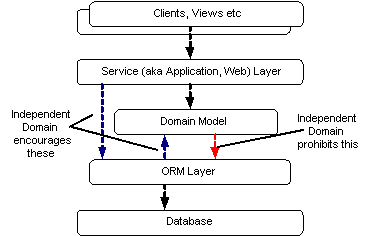Playscape Games mobile Strategy-RPG Heroes of Arcadia (renamed from ‘Arcadia’) has been 3 years since inception to date. I suspect some friends and observers of the project, quite understandably, wonder (a) what we’re doing all day, and (b) if we’ll ever finish.
Well, I’m hard at work. Making a quality RPG, on any platform, involves a large investment of effort is a wide variety of areas.
To convey a sense of the many little details that go into it, here’s my notes for a source code commit spanning 9/3/08 – 31/3/08, about 6 man days of development time on my part-time schedule. Apart from demonstrating a lack of discipline when it comes to regular source control checkins ;), I’m quite happy with the steady progress we’re making.
As for a “release date” – sorry, I cannot estimate that accurately enough to speculate on. However, we’re aiming for a second beta release mid year.
Numerous enhancements and fixes (too long between commits):
Hero class removed, replaced by ExtendedUnit
HeroType removed, heroes become regular UnitTypes
Added/updated sprites:
-Animated structures
-Increased size potions, fixed tombstone
-Shadows removed
TargetSelectionRequestor
-Merge with its interface, removal of dead code
-becomes a Runnable task
-Less filtering of invalid target applied by UI
-MapViewInputHandler greatly simplified by moving target selection logic to TargetSelectionRequestor
Remove World methods delegating to Zone
MapView
– Health bar goes yellow/red when wounded
– Fixed bug where sprites faced wrong way in combat
– Made ranged/melee attack code pathways more uniform
– Removed turn counter from the HUD
– Removed “Cannot enter” warning when attempt move to impassable location
IOManager
-Fix: Zone added to read table when deserialized
– Better exception handling when content script init fails
Textwindow
-Globally enforce rule requiring use of task queue to display text boxes
Scripting:
Completed northern wolves quest
Completed forest shrines quest
Removed remaining resource rules code
Party leader passes baton on death, new leader selection dialog
Big speed up in Faction invoke code
-NPC factions serially called from Zone
-Zone runs from Task queue, World dosnt anymore
-NPC Factions not intersecting player faction are only run periodically
-Faction class no longer runnable, PlayerFaction remains runnable, code diverging alot.
Relationships
-Added 5th alliance state Neutral, renamed old neutral to “wary”
Pathing & Movement
-Replaced Breadth-First Search with AStar pathfinder
-AI now prefers not to paths thru other npc factions
boost AI aggression to pevent units fleeing too much
Introduced consistent unit targeting rules and added AI
-Melee: defender nominates defender
-Ranged: attacker nominates defender
New AddTrigger command for scripting
Remove obselete Abort- and Contiue- TargetSelection commands
New LocationFunction types: Location -> int, used in pathfinding
Fixed bug in unit’s cached event history causing party escorts not to
attack
Fixed divide by zero bug when finding minimum threat locations
Quests now award XP on completion

